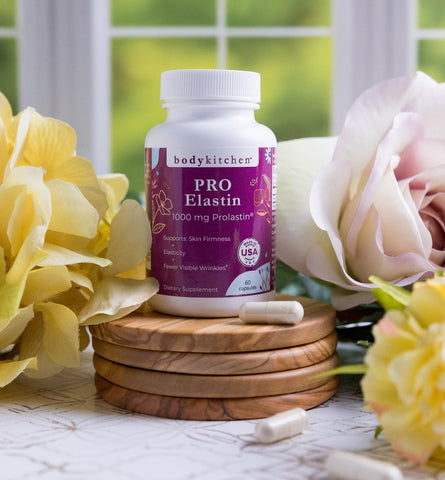Is Humidity to Blame for Joint Pain?
Summer is supposed to be a time to be active and enjoy the variety of outdoor activities we look forward to this season. But for millions of people who suffer from joint pain, high humidity interrupts the fun.
Humidity, along with fluctuations in temperature and weather patterns, can trigger joint aches and swelling by raising overall levels of inflammation in the body. A large, 2016 UK study, appropriately named Cloudy with a Chance of Pain, revealed that damp days accompanied by high wind and low pressure were 20% more likely to lead to painful joints.
And when you’re already feeling irritable as a result of the sticky, muggy weather, you may feel extra sensitive to aches in your knees, feet, hands hips and back.
Feel the weather in your bones
Many people swear they can ‘feel’ a bad storm coming in their bones, particularly if they live with arthritis, a category of joint function conditions characterized by joint deterioration and pain.
The most common forms of arthritis are the result of age-related mechanical breakdown of the joints, or the immune system launching attacks on joint tissue, both of which can significantly impede flexibility and mobility.
While science has not definitively proven that your musculoskeletal system can predict bad weather, it does support that changes in body tissue occur when atmospheric pressure drops.
Joint tissues swell and stiffen
In addition to humidity, hot weather months often bring rapid shifts in barometric pressure, a measure of the weight of air around us, especially ahead of a major storm.
When barometric pressure falls, there’s less resistance against your body, allowing tissues such as muscles, tendons and ligaments to swell. And that’s not all – the lubricating fluid that helps keep cartilage flexible and supple, called synovial fluid, thickens under low pressure conditions.
Together, the combination of high humidity and low barometric pressure can spell trouble for your joints, leading to aches, swelling and stiffness.
How to manage achy summer joints
Don’t let the dog days of summer sabotage your plans. Whether you enjoy lawn games at a cookout, a round of golf on a sunny day or a scenic hike at a state forest, supporting your self-management of joint health can make a remarkable difference in how you feel and move, and in your quality of life.
Eat low-inflammation foods – Nourish your joints with foods that are high in protein for production of cartilage and muscle fibers, natural fats like omega-3s to support joint lubrication, and antioxidants to fight free radicals that contribute to tissue erosion. Top foods include fish high in fatty acids, such as salmon, tuna and mussels, nuts and seeds, particularly walnuts, pine nuts, pistachios and almonds, and bright fruits and vegetables, including berries, broccoli and dark leafy greens.
Stay active – On days when you can’t find relief from your achy joints, being physically active is probably the last thing you want to do. But health experts warn that inactivity worsens pain. Gentle, joint-friendly exercises, such as walking and bike riding, help you maintain flexibility and range of motion while reducing pain in the long run.
Keep cool – When humidity levels are soaring, minimize the impact on your joints by staying in the air-conditioned comfort of the indoors and opt for alternate exercise routines, such as online dance videos. Also, consider using a dehumidifier in your home to eliminate excess humidity and create a more comfortable, drier environment.
Drink water – If you’re staying cool indoors and keeping physical activity to a minimum, you may not be drinking enough water, which is essential for producing cartilage-lubricating fluid. Unsweetened herbal tea and decaffeinated coffee count, too, and are deliciously refreshing cold.
Take joint health supplements – While nutrients from whole foods is best, it’s not entirely possible to consistently get the high levels of joint builders you need to fight joint inflammation. Of the many types of joint supplements available, omega-3 fats from fish are your best bet. According to the Arthritis Foundation, studies support taking at least 600 mg daily can ease joint stiffness, tenderness, pain and swelling.
As you can see, there’s no “one thing” you can do to improve your joint health. But through a comprehensive approach and shifts in your daily routine, you can reduce the daily discomfort and improve your freedom of motion – and sense of freedom overall. And that’s what summer is all about.
Experience the joint-rejuvenating power of Pro-Mobility formulated with clinical levels of New Zealand green-lipped mussel extract, plus proprietary minerals and antioxidants clinically shown to take effect starting in just 5 days. For a limited time, Buy 1 get 1 50% off with code: BOGO50X.














